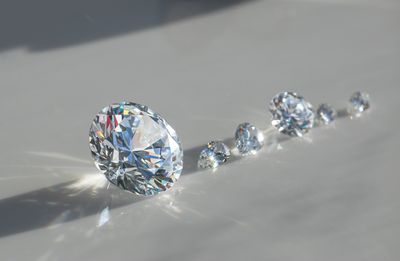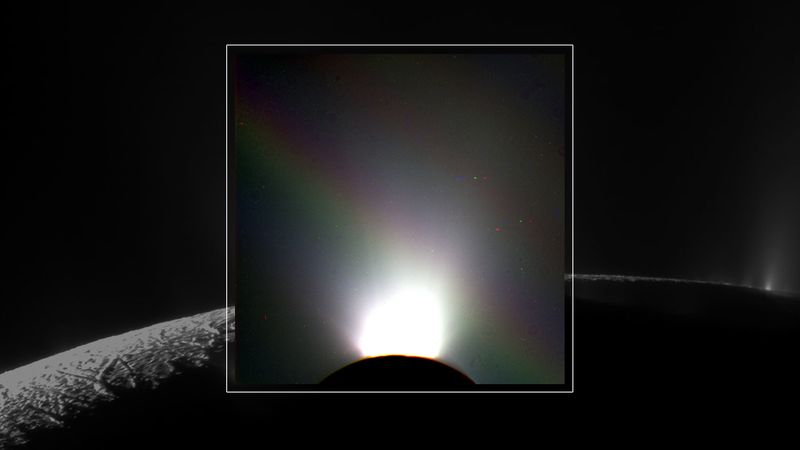Chinese and American scientists claim to be the first to make large enough quantities of diamonds with a hexagonal structure to test their physical properties. The substance has been sought for 60 years, reflecting the extraordinary anticipated hardness of the gemstones. The team responsible may have scooped another team who described a method for achieving the same thing earlier this year. Much earlier, nature made the same substance, but in tiny and impure quantities.
The rest of this article is behind a paywall. Please sign in or subscribe to access the full content.Diamonds without impurities are so hard, the scales we use to measure deformation under pressure are built around their resistance, with the Mohs scale setting their hardness at 10. Nevertheless, some chemical structures have been proposed to be potentially harder still, including both wurtzite boron nitride and lonsdaleite.
Unfortunately, both of these are only known to exist in such tiny quantities that measuring their behavior is as hard as they are. Like cubic diamonds, lonsdaleite is made of pure carbon, but instead of each atom being bound to others in a tetrahedral structure, they form hexagonal shapes, which shouldn’t be subject to the cleaving on their weakest link that diamonds can suffer.
Earlier this year, a team primarily based at China’s Jilin University described a method for turning graphite into hexagonal diamonds, but the quantities made were still very small. It seemed they were hoping to have something larger to report down the track, but if so they have apparently been beaten to the punch by their countrymen.
The team, led by Professor Ho-kwang Mao of the Center for High Pressure Science and Technology Advanced Research, say they have made hexagonal diamond crystals ranging in size from a tenth of a millimetre to a millimetre (0,004-0.04 inches) by squeezing and heating high-quality graphite crystals. This makes the crystals large enough to test their hardness with conventional diamonds, allowing for their placement on the Vickers scale.
The authors acknowledge the crystals they made, while “predominantly hexagonal diamonds” still contain “trace imperfections of cubic diamond”. This may be why their hardness is only slightly higher than cubic diamonds, compared to some modeling suggesting hexagonal diamonds should be much harder.
Lonsdaleite was first discovered in the Canyon Diablo meteorite, and is presumed to be created by the immense force of an asteroid large enough to not slow down much in the atmosphere before slamming into the Earth. However, in all the cases observed, instead of getting pure lonsdaleite we find it mixed with cubic diamonds and graphite in ways that don’t allow its properties to shine through.
The quest to make bulk quantities of lonsdaleite led to the discovery of the wonder-material graphene in 2004, which may turn out to be even more useful but didn’t divert some scientists from their efforts.
Mao and co-authors used laser heating and extreme pressure on graphite to make their lonsdaleite crystals and electron diffraction to confirm the structure of what they had made, before testing the hardness with a multi-anvil press. They report, “HD [hexagonal diamond] is indeed the hexagonal counterpart of cubic diamond, with shortened and strengthened bonding between buckled honeycomb layers. These findings open new exploration of HD as a potentially superior technological material.”
“This synthesized hexagonal diamond is expected to pave new pathways for the development of superhard materials and high-end electronic devices,” Mao told Xinhua News. However, if the hardness is only slightly greater than what is already available, and the cost of production remains much higher, applications in the superhard material space may be limited.
The study is published in Nature.
[H/T: Interesting Engineering]





